Morning Eye Candy: Flight!
Posted in Photography on June 23 2011, by Eddy Almonte
There is a certain aerodynamic quality to this South African beauty. We wouldn’t be surprised if it suddenly took off.
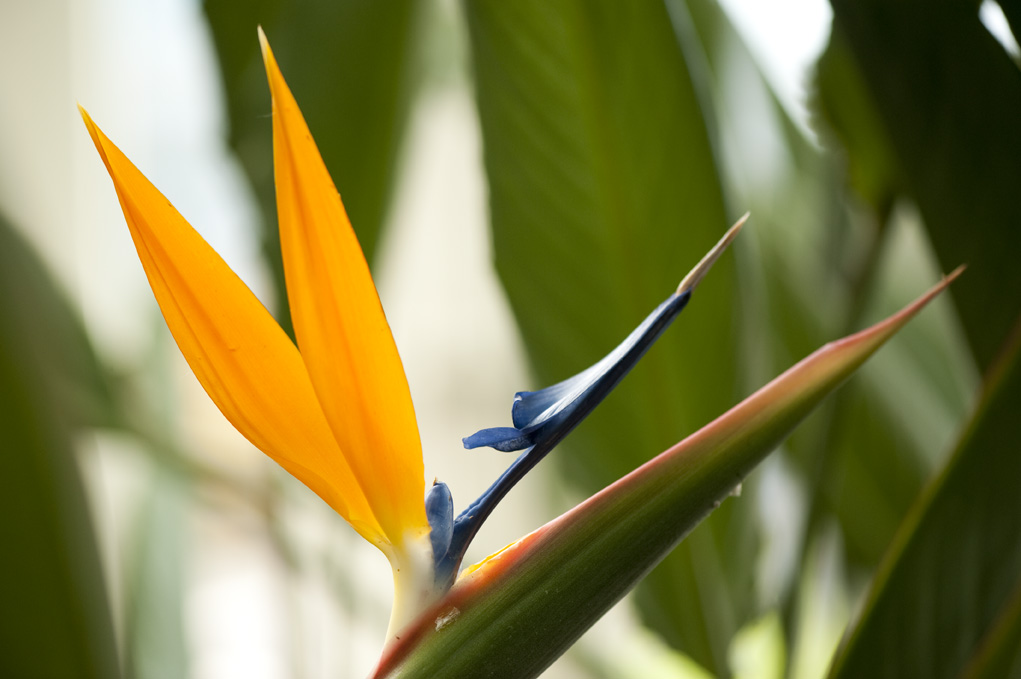
Strelitzia Reginae (photo by Ivo M. Vermeulen)

Inside The New York Botanical Garden
Posted in Photography on June 23 2011, by Eddy Almonte
There is a certain aerodynamic quality to this South African beauty. We wouldn’t be surprised if it suddenly took off.

Strelitzia Reginae (photo by Ivo M. Vermeulen)
Posted in Photography on June 22 2011, by Ann Rafalko
Just where does this walking onion think it’s going?
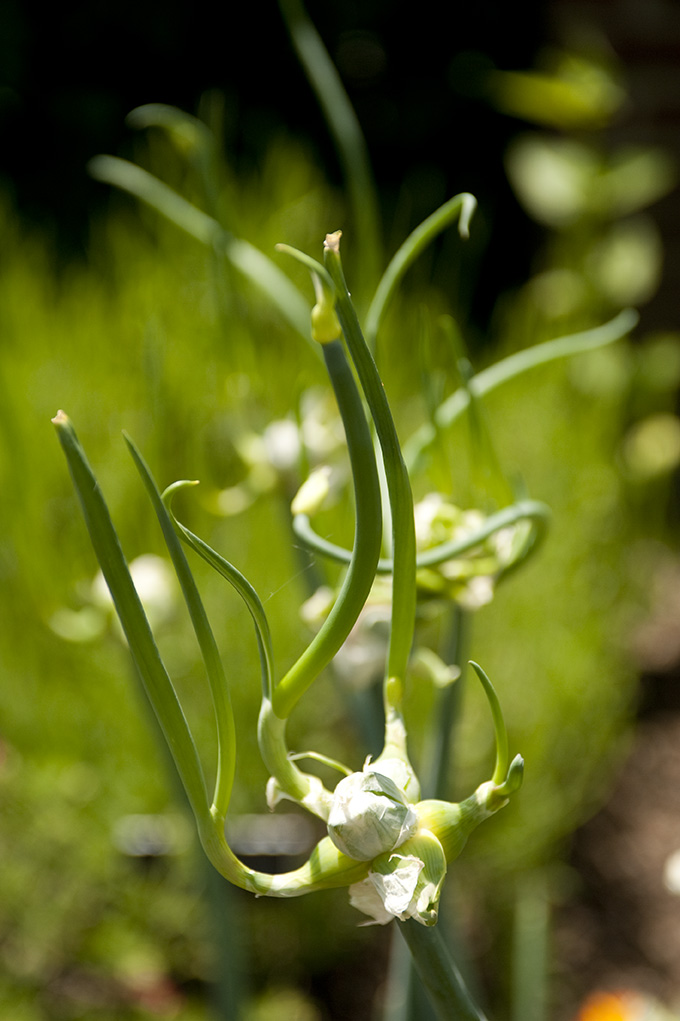
Allium x proliferum (photo by Ivo M. Vermeulen)
Posted in Gardening Tips on June 21 2011, by Sonia Uyterhoeven
 |
Sonia Uyterhoeven is Gardener for Public Education. |
Shade gardens call to mind stalwart plants such as hostas, ferns, and astilbes. While the Azalea Garden has an interesting array of exquisite hostas and intriguing ferns, it also includes less familiar shade-loving woodland inhabitants.
Many of these plants have interesting foliage that can add texture and color to a shade garden, and a number of them flower later in the season, providing color in the garden long after spring ephemerals and the majority of azaleas have finished their early season show. These woodlanders come in all shapes and sizes, from groundcovers to large perennials, and in a myriad of leaf colors–variegated, deeply veined, and color-tinged–and in a range of textures–fuzzy to matte and glossy.
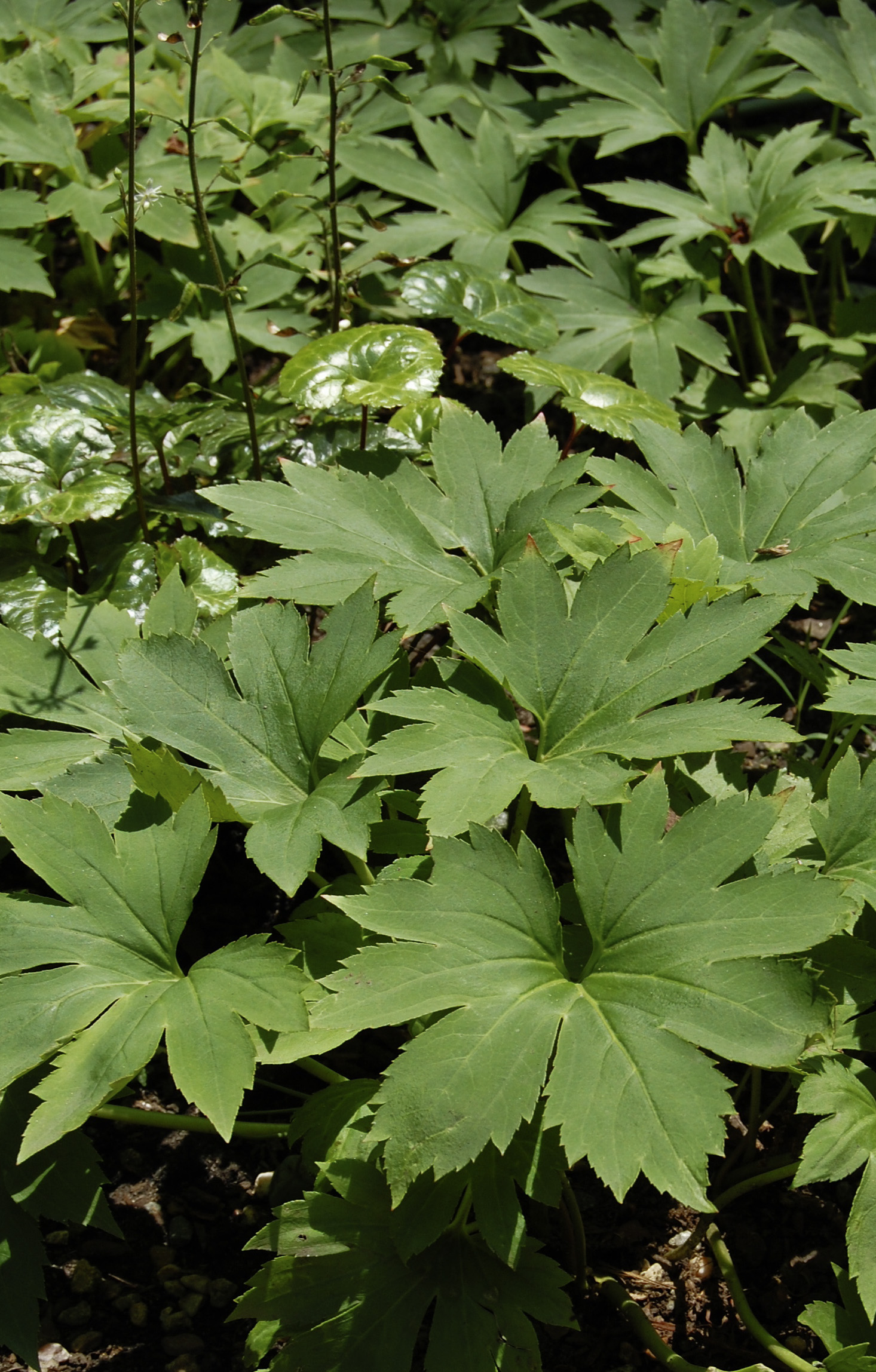
Mukdenia rossii ‘Crimson Fans’ (Karasuba) is one of two unusual plants in the Azalea Garden with foliage that gets a beautiful red tinge as the season progresses. A relative of the coral bell (Heuchera), mukdenia has been available for a few years from specialty growers and is now becoming more widely available. The main attraction of mukdenia is its spectacular fan-shaped leaves that turn red around the edges in mid-summer and continue coloring into fall. Panicles of small white flowers that resemble foam flowers rise above the plant in early spring. Mukdenia grows 12-16 inches tall and fans out 12-24 inches, like coral bells, into a nice clump. In the garden it will perform best in moist, well-drained soil in part shade. The plant pairs nicely with late flowering red astilbe such as Astilbe x arendsii ‘August Light’. Mukdenia is native to Korea and China, where it grows on slopes and in rocky ravines at the side of streams.
Beesia deltophylla, a native of China, is another plant that gets red hues as the summer progresses. Beesia makes a wonderful evergreen groundcover in a woodland garden when planted in drifts. The foliage is spectacular: The leaves are large, glossy, and heart-shaped, with deep veins that give them a rippled, puckered appearance. Beesia looks like a mutant European ginger (Asarum europaeum) on steroids (in a good way). Small white flowers appear in summer on tall stems and are fairly insignificant compared with the foliage. Beesia will grow in many soil types but does best in moist, well-drained soil in part to full shade; it grows 10-15 inches tall and spreads up to 24 inches wide.
Syneilesis aconitifolia, the shredded umbrella plant, pokes its head out of the ground in spring wearing a fuzzy white coat that disappears as it matures. The leaves open like an umbrella to reveal large, heavily dissected, lacy leaves, looking like a mayapple (Podophyllum – See “Geographic Diversity In the Azalea Garden” for more on these plants) that has passed through a paper shredder. The shredded umbrella plant will thrive in part to full shade and can tolerate relatively dry soil. It reaches 2 feet in height. Its dissected foliage looks great when paired with a broad-leaved hosta that has smooth or puckered foliage.
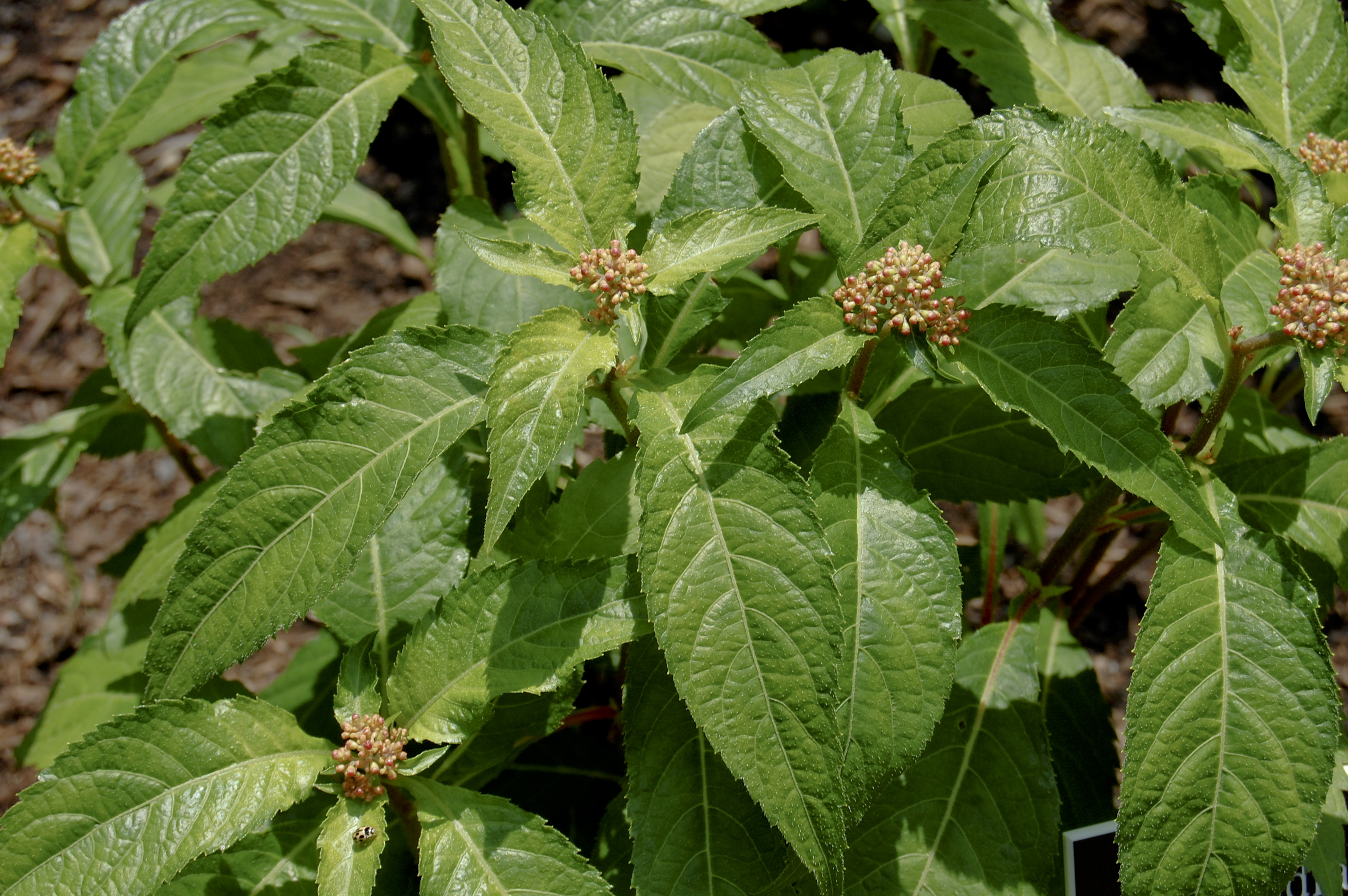
In the Azalea Garden are some unusual members of the hydrangea family, all recognizable by their hydrangea-like foliage. Two are perennials that reach about 18 inches tall. Cardiandra alternifolia flowers in late summer with pretty pale-pink flowers reminiscent of a lace-cap hydrangea. Deinanthe caerulea ‘Blue Wonder’ flowers in midsummer with large, nodding lavender flowers. It has the demeanor of a hellebore. Both these woodlanders like part shade and moderate to moist soil. The sub-shrub Platycrater arguta reaches 2 feet tall and 2 feet wide. It flowers in midsummer with white blooms that resemble mock orange (Philadelphus) or deutzia (Deutzia).
Dealing with Deer
Aconitum krylovii, a monkshood from Russia, is a woodland plant that is deer-resistant–or at least has the promise of being so. It can be grown in full sun to full shade and matures to a height of 2 feet. Its deep-green, deeply veined, maple-like foliage is attractive even when the plant is not in bloom. White to pale-yellow flowers tinged with green open mid to late summer.
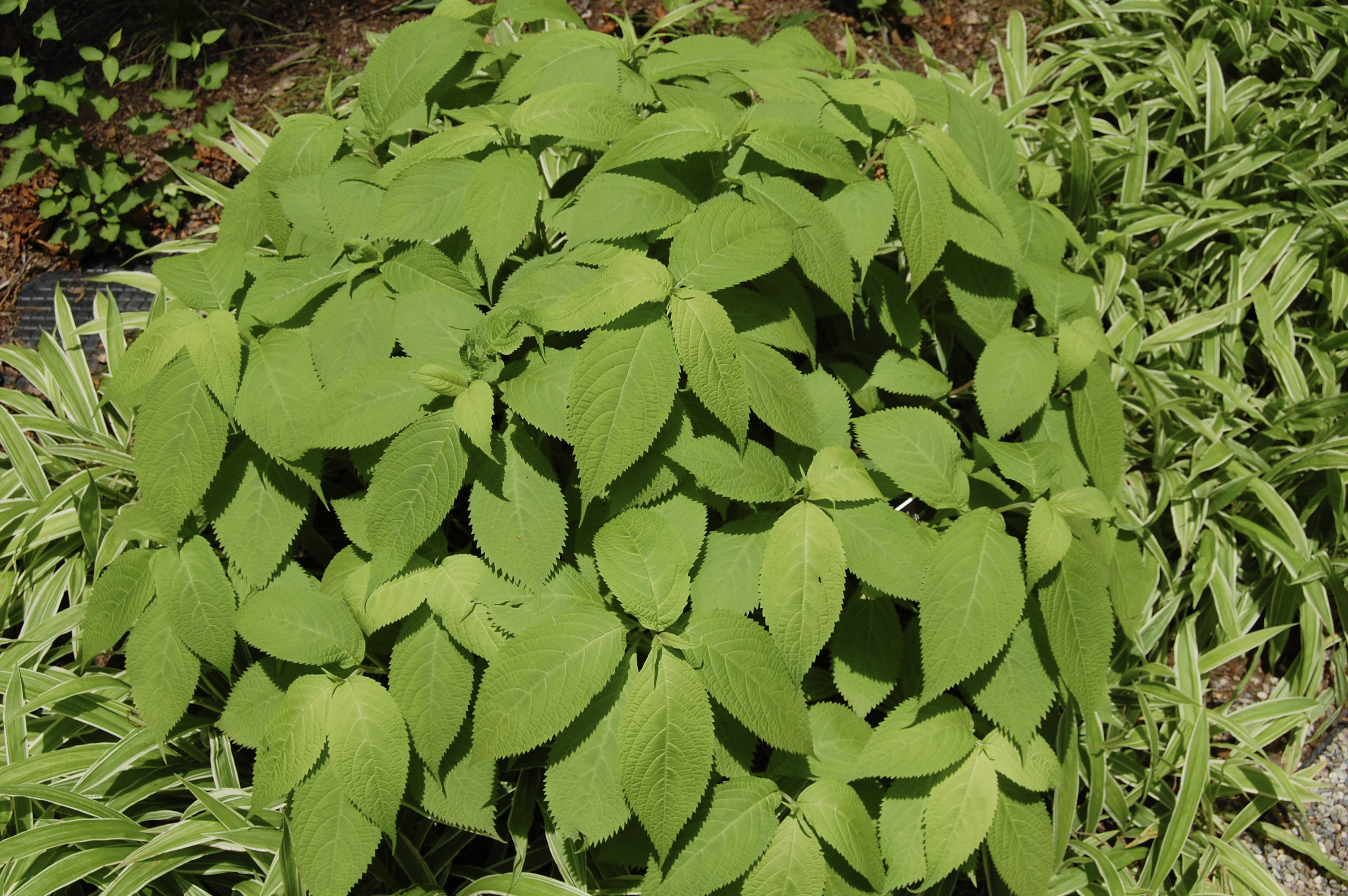
Both deer and rabbits tend to avoid members of the mint family and so may also pass up Leucosceptrum japonicum ‘Variegatum’ and Leucosceptrum stelipillum ‘Ogon’, Japanese shrub mints. The ‘Variegatum’ has brilliant chartreuse-and-green variegated foliage that brightens up any shade garden. ‘Ogon’ has yellow-green foliage that is equally as impressive. Both produce pale-mauve flowers late in the season, September to October, and reach 2-3 feet tall.
Rabdosia longituba, trumpet spurflower, also in the mint family, looks similar to many late season ornamental salvias. This relative has an open and airy vase-shaped habit. It grows to 3-4 feet tall with long sprays of tubular lavender flowers that appear from October into November. It tolerates dry soils, does best in part shade, and pairs nicely with Japanese anemone (Anemone japonica).
The Azalea Garden has many other interesting exotic woodland plants to explore. Creamy-yellow flowered Salvia koyame blooms from September to frost while the penstemon-like purple-pink blooms of the Chelonopsis yagiharana begin in August and last into October. For early season color try the elegant Asian twinleaf (Jeffersonia dubia), with its lavender cup-shaped flowers and lobed, red-edged foliage, or the tough, weed-smothering Trachystemon orientalis, with its borage-blue spring flowers and large heart-shaped leaves.
Posted in Photography on June 21 2011, by Ann Rafalko
Who says azalea gardens are only for spring? Not us. Our new Azalea Garden is beautiful 365-days a year. See for yourself!
Azalea Garden panorama (click to enlarge) – Photo by Ivo M. Vermeulen
Posted in Behind the Scenes on June 20 2011, by Ann Rafalko

Happy Monday everyone! Ann Rafalko here, editor of Plant Talk and Director of Online Content at NYBG, to let you know that Plant Talk is going on vacation. Or, more precisely, I’m going on vacation, and I’m taking you with me!
I’ll be visiting a few of the world’s greatest gardens, and sharing my adventures with you, right here on Plant Talk. Additional posting will be light, so stay tuned for this special two-week adventure.
In just a few hours I will be hopping the pond to London where I’ll be visiting a few of my colleagues at Kew. I will also be taking a look at the IGPOTY exhibition (where at least one talented NYBG visitor’s photograph will be on display next year!), visiting the Chelsea Physic Garden, and checking out some of the best gardening shops the capital city has to offer. Then, on Friday, I’ll be heading to the City of Lights for a few days. I’m hoping to visit Monet’s garden at Giverny (more on why soon!), and to explore how the Parisians fit gardens into their historic urban landscape.
So stay tuned, and if you have any tips on garden-related places I should visit while in London and Paris, please feel free to leave a comment below. Bon voyage!
Posted in Photography on June 20 2011, by Ann Rafalko
No, not a sunflower. Just a little dahlia. She may be little, but she’s got a sunny disposition!
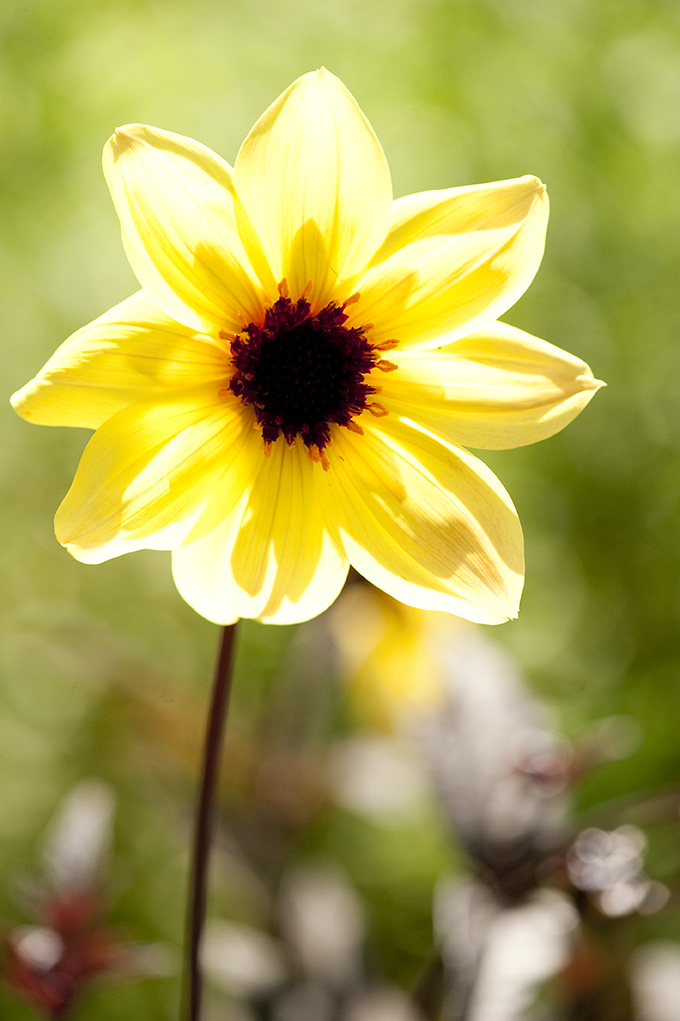
Dahlia ‘Mystic Illusion’ on the Seasonal Walk (photo by Ivo M. Vermeulen)
Posted in Photography on June 19 2011, by Ann Rafalko
Fennel, it’s delicious and beautiful. What more could you ask for?
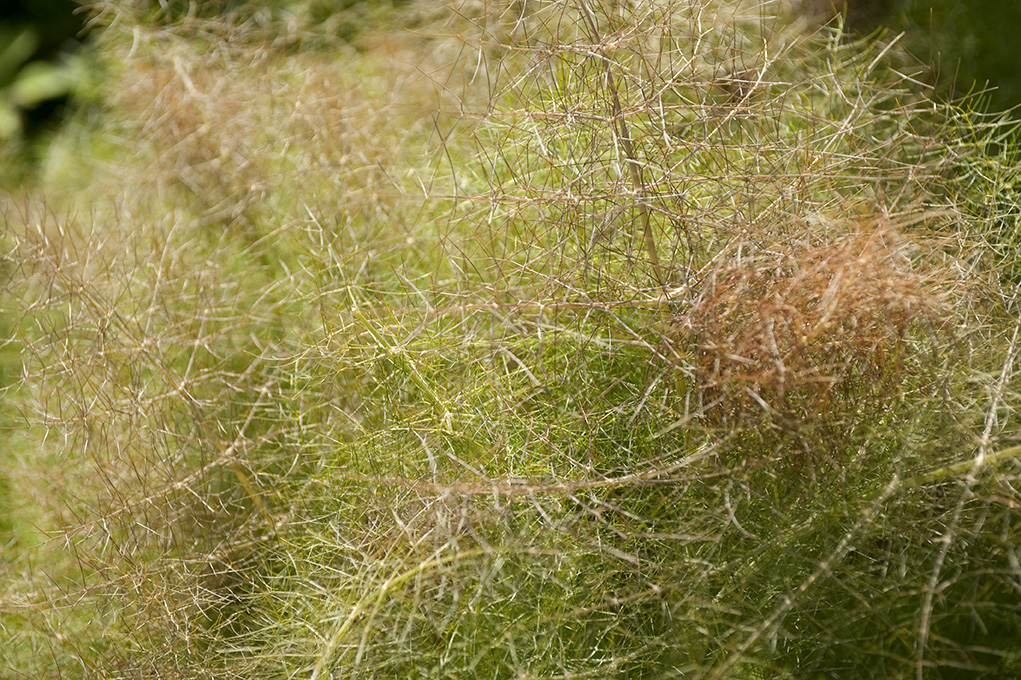
Fennel in the Perennial Garden (photo by Ivo M. Vermeulen)
Posted in Photography on June 18 2011, by Ann Rafalko
Sadly, you can’t camp under our conifers, but they still provide a delightful respite on a sunny day.
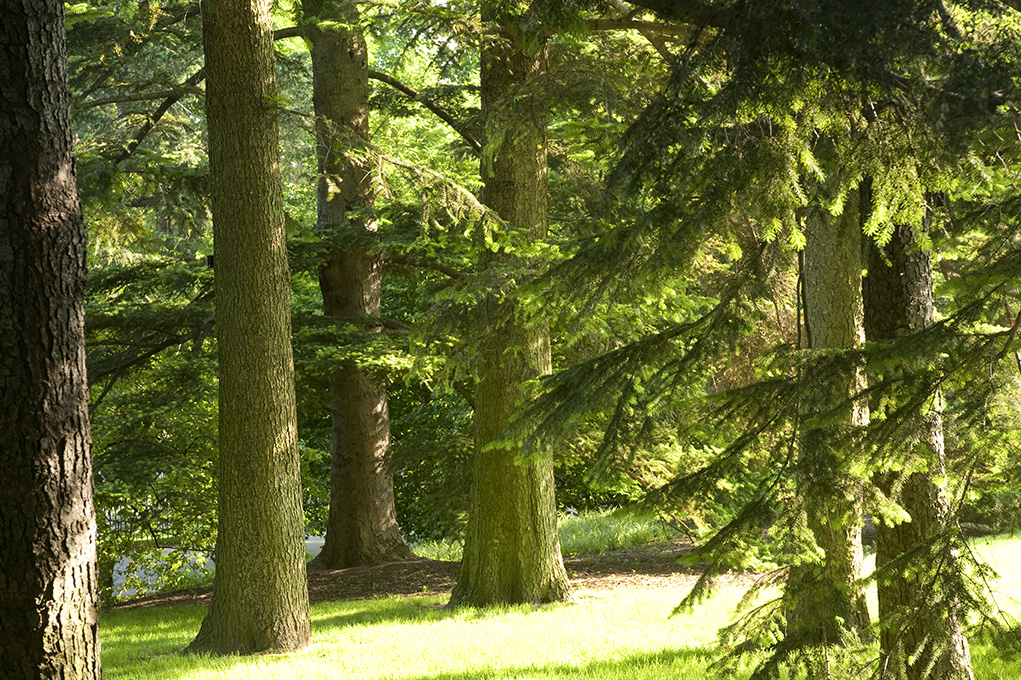
Photo by Ivo M. Vermeulen
Posted in Photography on June 17 2011, by Ann Rafalko
In the Azalea Garden
Wamsler Rock
Daffodil Hill
Photos by Ivo M. Vermeulen
Posted in Photography on June 16 2011, by Ann Rafalko
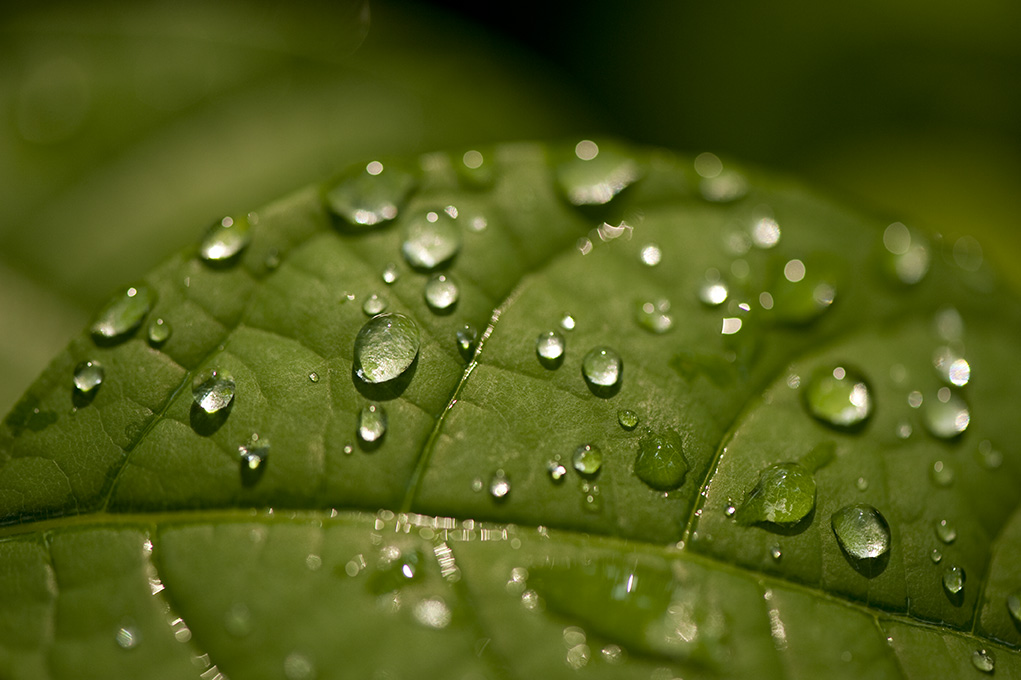
Photo by Ivo M. Vermeulen